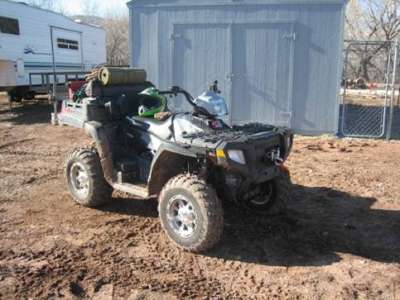
*ATV Recovery*
An ATV is just like a four wheel drive vehicle right, it can’t get stuck. Wrong! You should always carry the gear to get yourself unstuck in whatever vehicle you are in. Remember the Boy Scout Motto, “Be prepared.” I always carry all the gear that I think I might need. Remember that your “knowledge and experience” is the most important thing you can have.

The equipment I carry is:
Now you are out riding and you get stuck what do you do? You get unstuck.
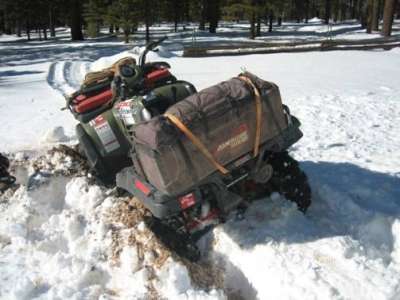
This one was easy. I just got out the e-tool and shoveled.
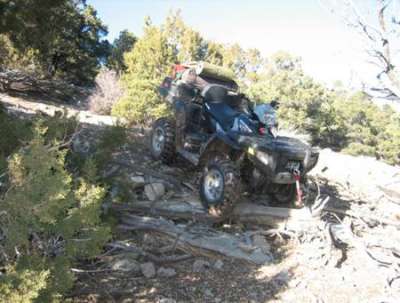
Lets say you ran off the road. Too bad that winch is on the wrong end of the ATV. That’s why you carry a come-along.
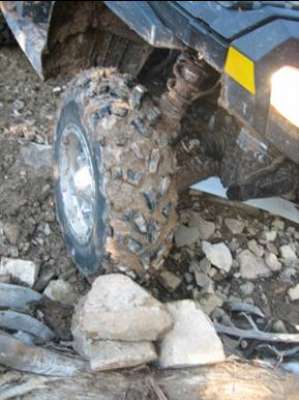
First thing to do is put it in park, set the parking brake and chock the wheels.
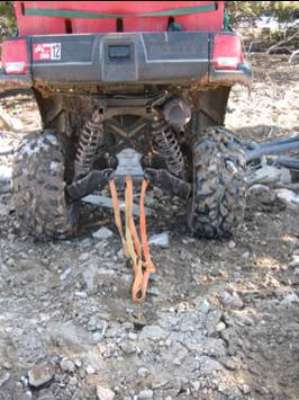
Make sure you have a suitable attachment point to the ATV. Here I used webbing.
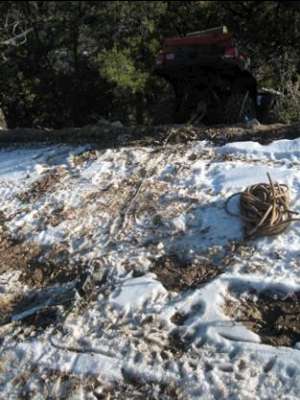
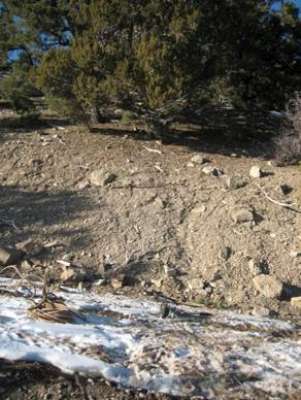
The tree was about 50’ from where the come-along would reach. That is where the 100’ rope comes in handy.
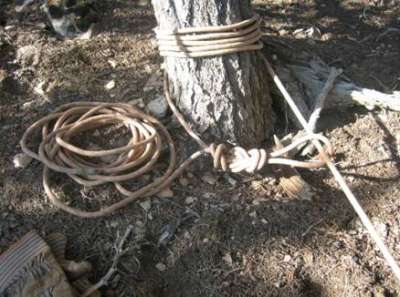
If you have no carabiner, you can tie a figure eight on a bight around the rope.
This is called a tensionless hitch. Most knots weaken the rope, this one does not. The entire strength of the rope is retained, but that is not why we are using it here. We are using it here because there is no load on the knot. Because come-alongs usually only have 5-20 feet of throw on them, you will have to reset the knot on the anchor several times. If you tied a regular knot in the rope around the tree, it would be very hard to untie it once it was loaded. With this not, it is easy to untie.
To tie the tensionless hitch, wrap the tree 3-5 times. The smaller and smoother the tree, the more wraps are needed. After wrapping the tree, tie a figure eight on a bight and clip it into the rope. If no carabiner, you can tie a figure eight follow through around the rope. This figure eight should have no tension in it.
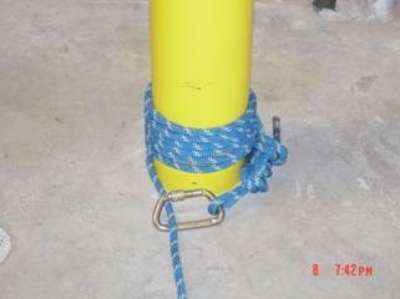
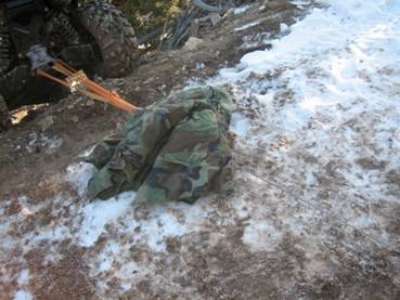
It is a good idea to put a heavy jacket or something over the cable, in case it snaps. This will absorb some of the energy.
Connect the ATV to the anchor with the come-along and tension it a little. Put the ATV in neutral and remove the parking brake. Use the come-along to pull the ATV from where it is stuck. When the come-along is pulled in max, put the ATV in park, set the parking brake, and chock the wheels. Release the come-along and stretch it out to its max distance. Retie the tensionless anchor to the tree to make the rope shorter. Then repeat the process until the ATV is unstuck. You can safely lower an ATV down a hill with the same method. Always read the instructions for the come-along and practice with it before needed.
Now what if there are no anchors within reach.
You can use the 3’ concrete stakes to build a picket anchor system. Depending on the soil and stake arrangement, stake picket systems can be rated for up to 4,000 lbs.
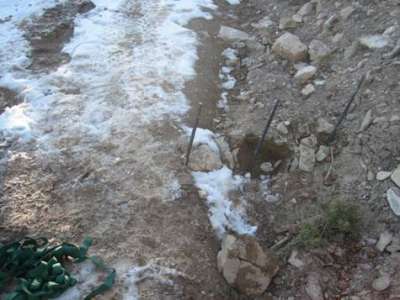
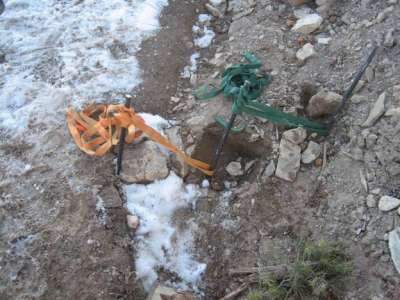
Using rope or webbing, wrap the pickets from the top of the one towards the bottom of the one behind it.
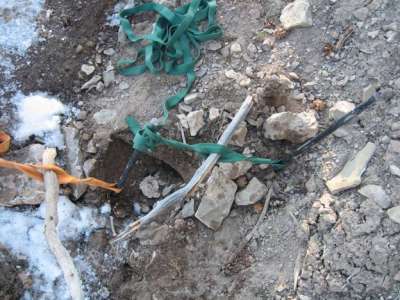
Using a sturdy stick or another stake, create a spanish windlass to tighten the pickets together.
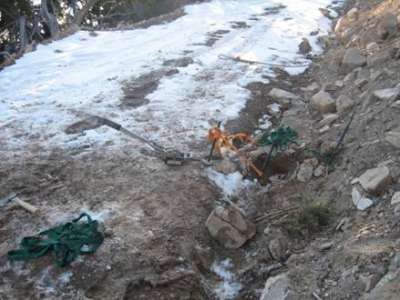
Connect the come-along to the ATV and to the picket system.
The strength of picket systems vary according to the soil, so be careful. If you have a heavier load and the materials, you can always construct multiple systems and tie them together.
As stated, you can use these same techniques for other BOVs, just know the weight of the vehicle and the strength of your equpment.
Good luck and happy four wheeling. “Be prepared”
Haystack
www.alpharubicon.com
All materials at this site not otherwise credited are Copyright © 1996 - 2008 Trip Williams. All rights reserved. May be reproduced for personal use only. Use of any material contained herein is subject to stated terms or written permission.